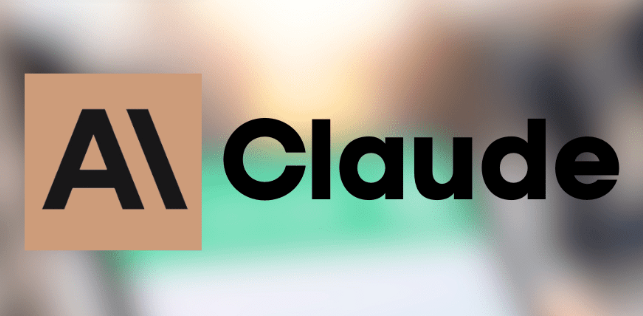What Is AI Training Data Bias Amplification?
AI models learn from massive datasets, but if those datasets are skewed, the models amplify these biases. This is called AI training data bias amplification. For example, if a recruitment algorithm is trained mostly on successful candidates from a particular background, it's likely to prefer similar profiles in the future, even if more diverse candidates are equally qualified. In education, AI-powered recommendation engines might push certain students towards or away from resources based on biased historical data, reinforcing existing inequalities. ??
How Does AI Bias Amplification Impact Recruitment?
AI bias in recruitment isn't just a technical glitch—it can reshape entire industries. Here's the flow:
Historical Data Sets the Tone: If past hiring favoured certain demographics, the AI learns to do the same.
Feedback Loops: The more the AI hires from a certain group, the more it “learns” that this is the ideal candidate, ignoring others.
Reduced Diversity: Over time, companies may see less diversity in their teams, leading to groupthink and missed opportunities.
Invisible Barriers: Candidates from underrepresented backgrounds may never even make it past the first screening, despite being qualified.
Legal and Ethical Risks: Unchecked, this can result in lawsuits, reputational damage, and regulatory crackdowns.

Amplification in Education: Subtle but Serious
In education, AI training data bias amplification can quietly shape student futures. AI-driven platforms might recommend advanced courses mostly to students who fit a historical “successful” profile, leaving out others who could thrive if given the chance. This isn't just about fairness—it's about wasted potential and deepening social divides. Imagine a student who never sees STEM opportunities because the AI thinks they “won't fit.” ???♂? That's a problem we can't ignore.
5 Steps to Reduce AI Training Data Bias Amplification
Fighting AI bias isn't just a technical fix—it's a continuous process. Here's how organisations and developers can actively reduce bias amplification:
Diversify Your Data: Make sure your training data includes a wide range of backgrounds, experiences, and outcomes. This means actively seeking out data from underrepresented groups, not just relying on what's easy to find. For recruitment, this could involve anonymising CVs and including more global or cross-industry examples. In education, it means capturing data from students of all abilities, regions, and learning styles.
Audit Algorithms Regularly: Don't just set it and forget it. Regularly test your AI models for evidence of bias. Use tools and frameworks designed to detect disparities in outcomes for different groups. If you spot bias, dig into the root cause—often, it's a hidden assumption or a gap in the data.
Human-in-the-Loop Decision Making: Keep humans involved in key decisions, especially when it comes to hiring or student placement. Use AI as an assistant, not the final judge. This helps catch cases where the AI's recommendation doesn't make sense or seems unfair.
Transparent Reporting: Be open about how your AI systems work and what data they use. Publish regular reports on outcomes and share your efforts to address bias. This builds trust with users and helps the wider community learn from your successes (and mistakes).
Continuous Training and Feedback: AI models should be updated frequently with new, more representative data. Encourage feedback from users—candidates, students, teachers, and hiring managers—so you can spot emerging biases early and fix them before they snowball.
Looking Ahead: Why It Matters for Everyone
The ripple effects of AI training data bias amplification go far beyond tech circles. Whether you're job hunting, hiring, learning, or teaching, these hidden patterns shape your opportunities and outcomes. By understanding and tackling AI bias head-on, we can build systems that are fairer, smarter, and better for everyone. The future of AI is in our hands—let's not let old biases write the next chapter. ??








